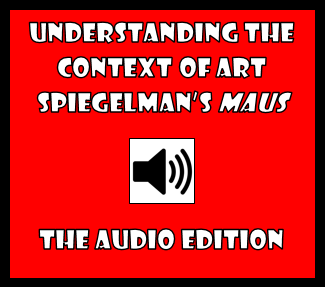|
by Glen Downey, Comics in Education, www.comicsineducation.com William Carlos Williams' "The Red Wheelbarrow" I'm hoping that this is the first in a series of many blog posts over the coming months that draw upon visual narrative as a source of inspiration and apply it to poetry. William Carlos Williams was writing at a time when exciting things were happening in poetry and in art, and he had contemporaries that one could only dream of having--Picasso, Wallace Stevens, T.S. Eliot, H.D., Ezra Pound, Georges Braque, and Gertrude Stein. I mean, how spoiled could the good doctor have been. The key to the poem, like the key to so many imagist poems, is to consider it like a cubist painting. The fracturing makes meaning, giving the poem a multiplicity of resonances. By the end of it you're only too ready to admit that "so much" does in fact "depend / upon / a red wheel / barrow..." The image is everything--seemingly so simple and yet so extraordinarily complicated. Students confront this poem and others like it and say "I could have written that" without really understanding that they didn't. I'm sure some of them could have painted "Les Desmoiselles D'Avignon," but who in their right mind but Picasso would have ever thought to?
0 Comments
Your comment will be posted after it is approved.
Leave a Reply. |
Glen DowneyDr. Glen Downey is an award-winning children's author, educator, and academic from Oakville, Ontario. He works as a children's writer for Rubicon Publishing, a reviewer for PW Comics World, an editor for the Sequart Organization, and serves as the Chair of English and Drama at The York School in Toronto. If you've found this site useful and would like to donate to Comics in Education, we'd really appreciate the support!
Archives
February 2019
|





 RSS Feed
RSS Feed
